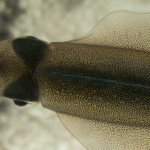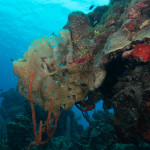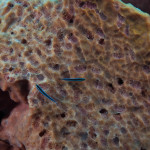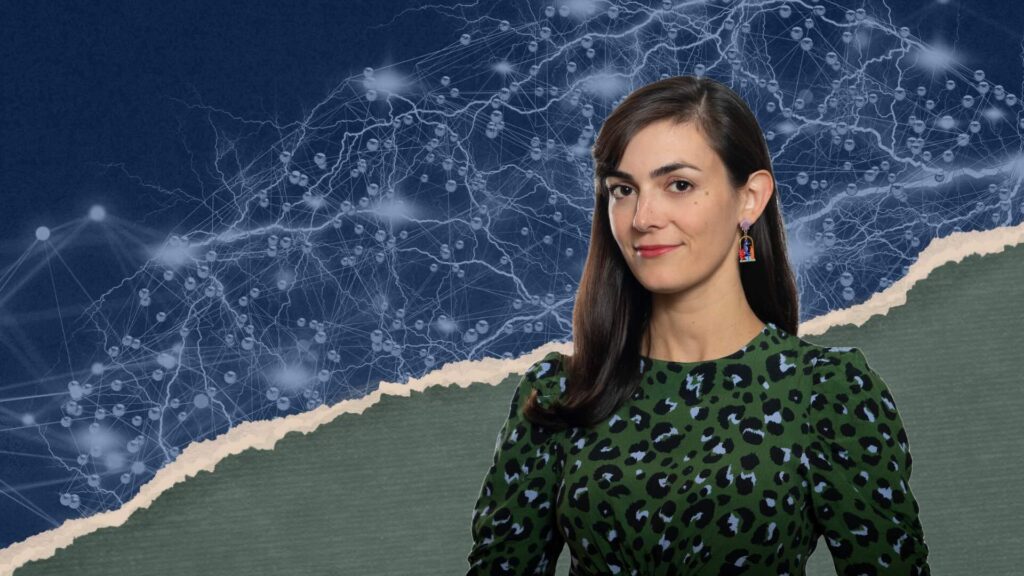In January, I was lucky enough to spend the winter session studying the art and science of underwater photography with Allan Adams, a string theorist, and Keith Ellenbogen, an underwater photographer and visiting artist at MIT’s Center for Arts, Science and Technology.
It was immersive, in every sense of the word: For the first three weeks we students divided our 12-hour days between building equipment at workbenches in a physics lab, critiquing photographs in the classroom, and diving and shooting everything from mechanical fish to MIT swim team members in the alumni pool. In groups, we constructed underwater worlds and then told stories of their conservation through pictures. We built remote-controlled vehicles and steered them on underwater treasure hunts into caves and tunnels that Allan and Keith had set up at the alumni pool. We learned the art of strobe photography, shooting droplets of water and bullets ripping through playing cards at the Edgerton Center with Jim Bales.
The highlight of the course was the final week: eight days at the Wildlife Conservation Society’s research station in Belize, diving and shooting at Glover’s Reef. We came face-to-face with sharks, squids and lobsters and all manner of rainbow-colored fish. We watched polychetes glow under the light of the full moon, and “painted” moon pictures with longer exposed images of the night sky. We attended lectures on the ecology of the reef, the seabeds and the mangroves, and got a crash course in fish identification. We learned to identify soft and hard corals, and which ones might be more susceptible to changing environmental conditions.We spent so much time in the water that I began to feel stationary-sick on land.
I fell in love with the underwater world, which — in my imagination, at least — feels just as alien and faraway as outer-space. Landing on the sandy bottom, 60 feet under, felt as wonderful and strange as I imagine landing on the moon. Back in Boston, I’m now busily combing through photographs for an upcoming traveling exhibit that will feature students’ images and underwater conservation stories from the trip.
Please join us for the opening at MIT’s Wiesner Student Art Gallery on March 7.








Leave a Reply